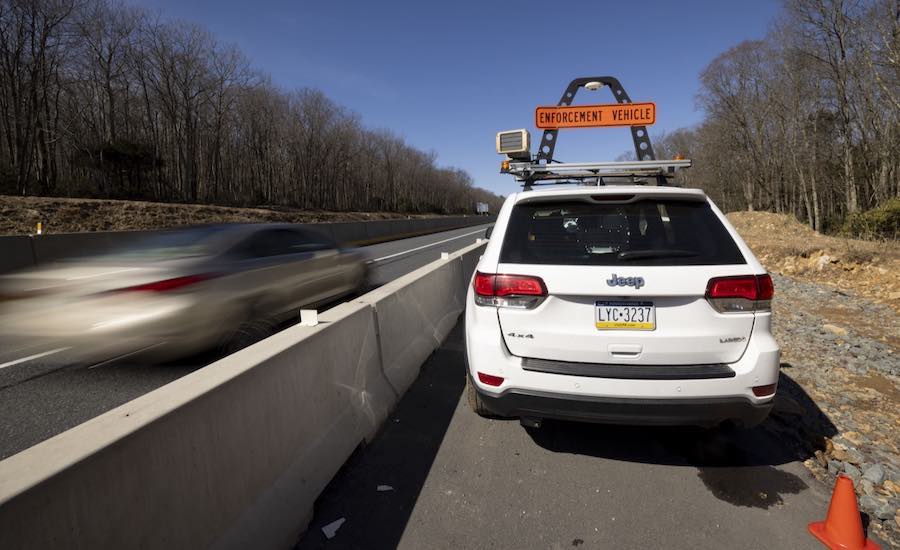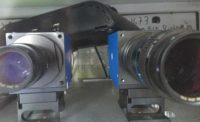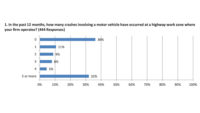The Pennsylvania Dept. of Transportation and the Pennsylvania Turnpike Commission, in partnership with the Pennsylvania State Police, have officially begun enforcement of the statewide Work Zone Speed Safety Camera program. Building on a successful pilot study made permanent by the state legislature late last year, the program uses vehicle-mounted electronic speed timing devices to detect and record motorists exceeding posted work zone speed limits by 11 miles per hour or more.
The camera systems are operational only in active work zones where workers are present. Motorists are alerted to camera-equipped work zones via high-visibility signage placed in advance of the enforcement area. According to the agencies, deployments are selected via “a data-driven process in order to maximize the effectiveness of the systems.”
Speed camera deployments under the pilot program reduced excessive speeding in work zones by 47%, the agencies say. Work zone crashes also declined by up to 50% when a speed enforcement vehicle was present.
Under the program, registered vehicle owners will receive a warning letter for a first work zone speeding offense, a violation notice with a $75 fine for a second offense, and a violation notice with a $150 fine for third and all subsequent offenses. Revenue from the fines will be used to offset the program’s costs.
In a statement, Pennsylvania Turnpike Chief Operating Officer Craig Shuey noted that first warnings issued during the pilot program had a positive effect on driver behavior, with fewer than 17% of the violations coming from repeat offenders.
“Additionally, the program serves as a roadway reminder that safety is literally in each driver’s hands when they are behind the wheel,” Shuey added.
The pilot program also found that enforcement challenges are not uniform. According to its 2023 annual report, the program found that travel speeds adjacent to barrier-protected barrier protected work zones have been higher than those adjacent to work zones demarcated only by barrels, cones or vertical panels.
“Throughout the life of the program, the percentage of vehicles over the speed limit and the percentage of vehicles excessively speeding have been more than double in barrier protected work zones than in unprotected work zones,” the report said.
At least two dozen other states have taken an interest in Pennsylvania’s pilot program, according to the report. It noted that a published Purdue University study commissioned by the Indiana Dept. of Transportation verified the effectiveness of the state’s work zone speed enforcement approach.




Post a comment to this article
Report Abusive Comment